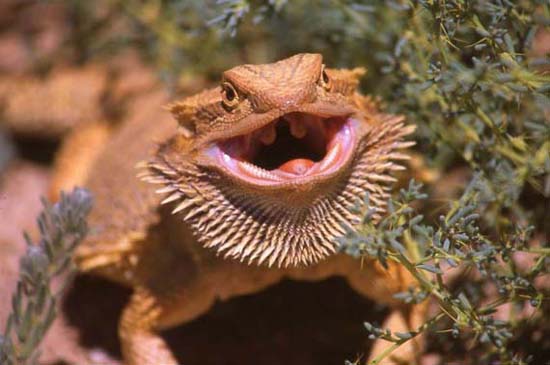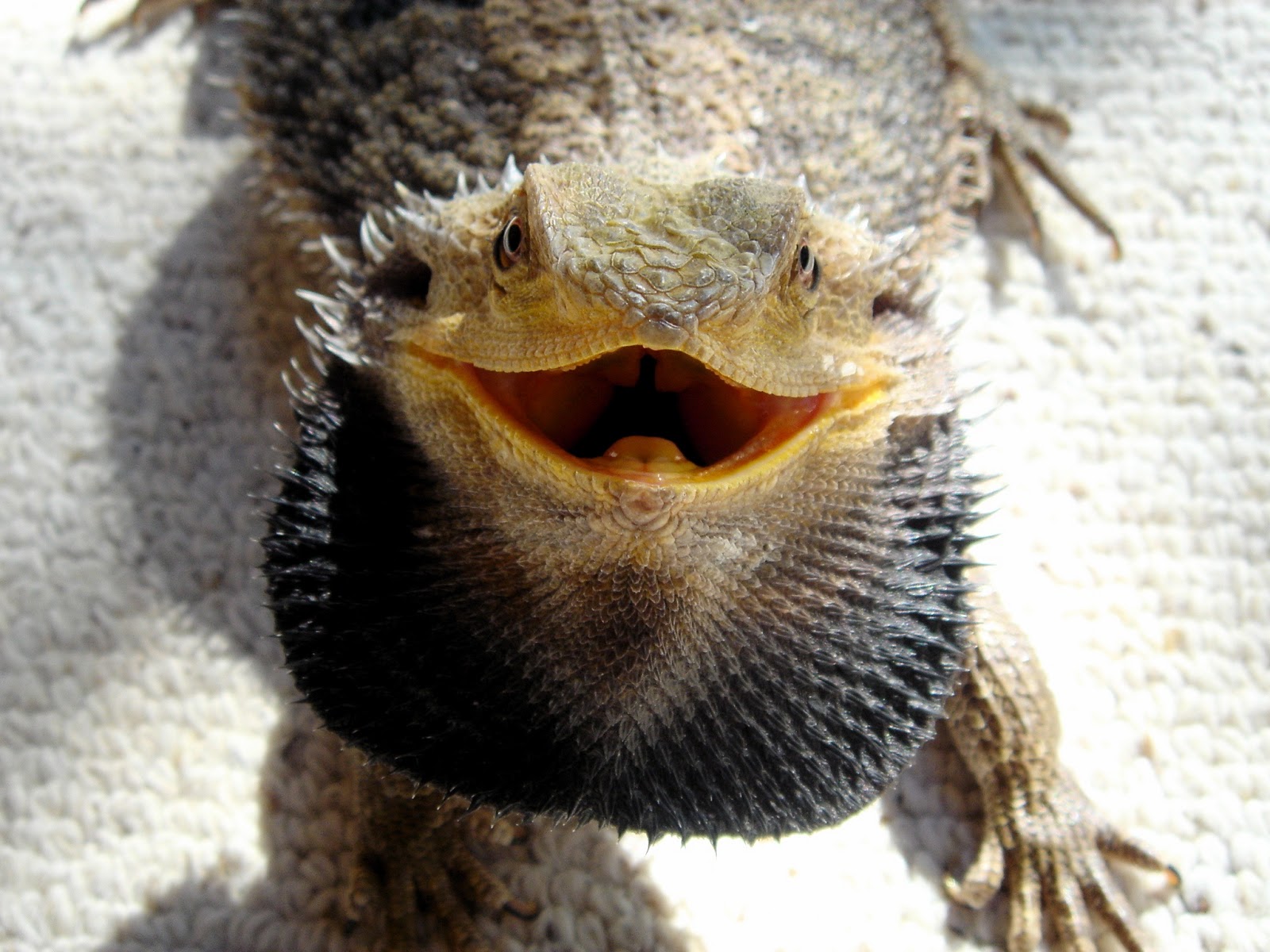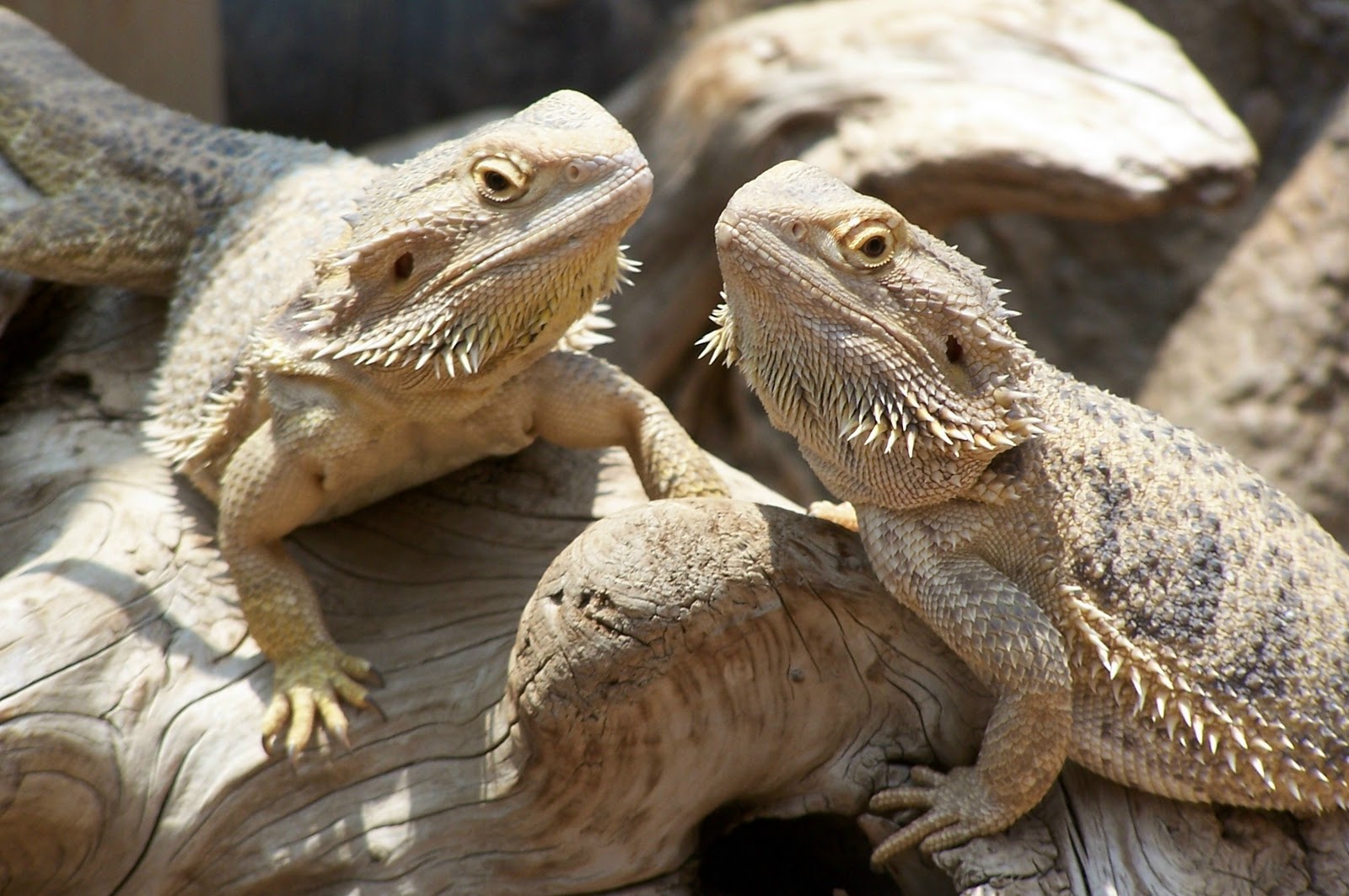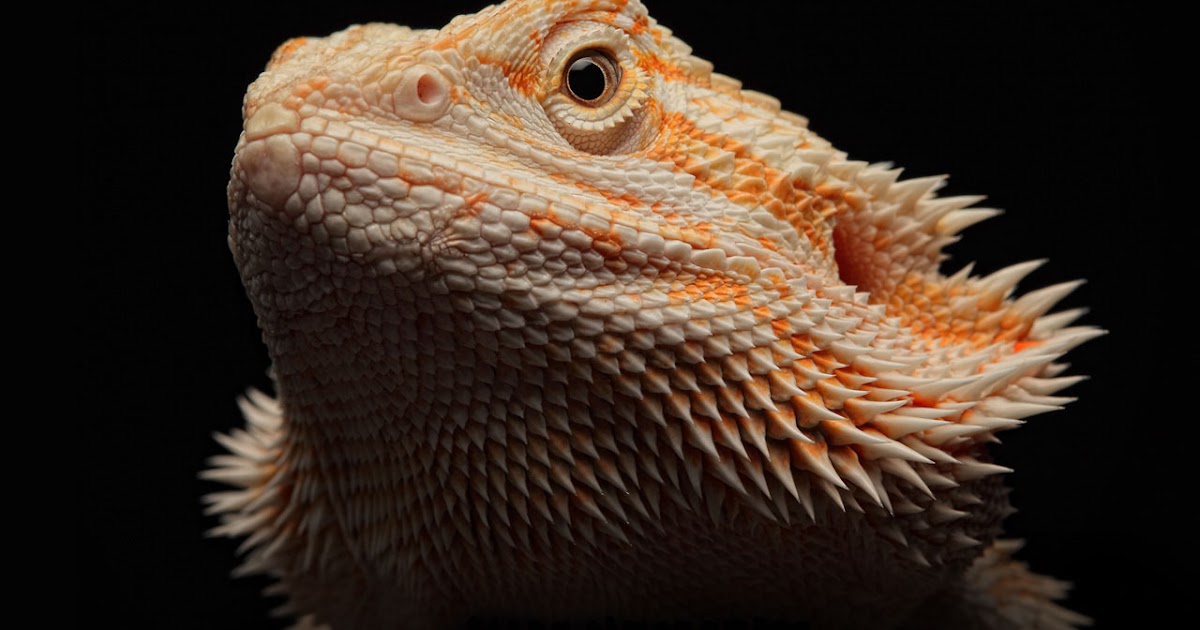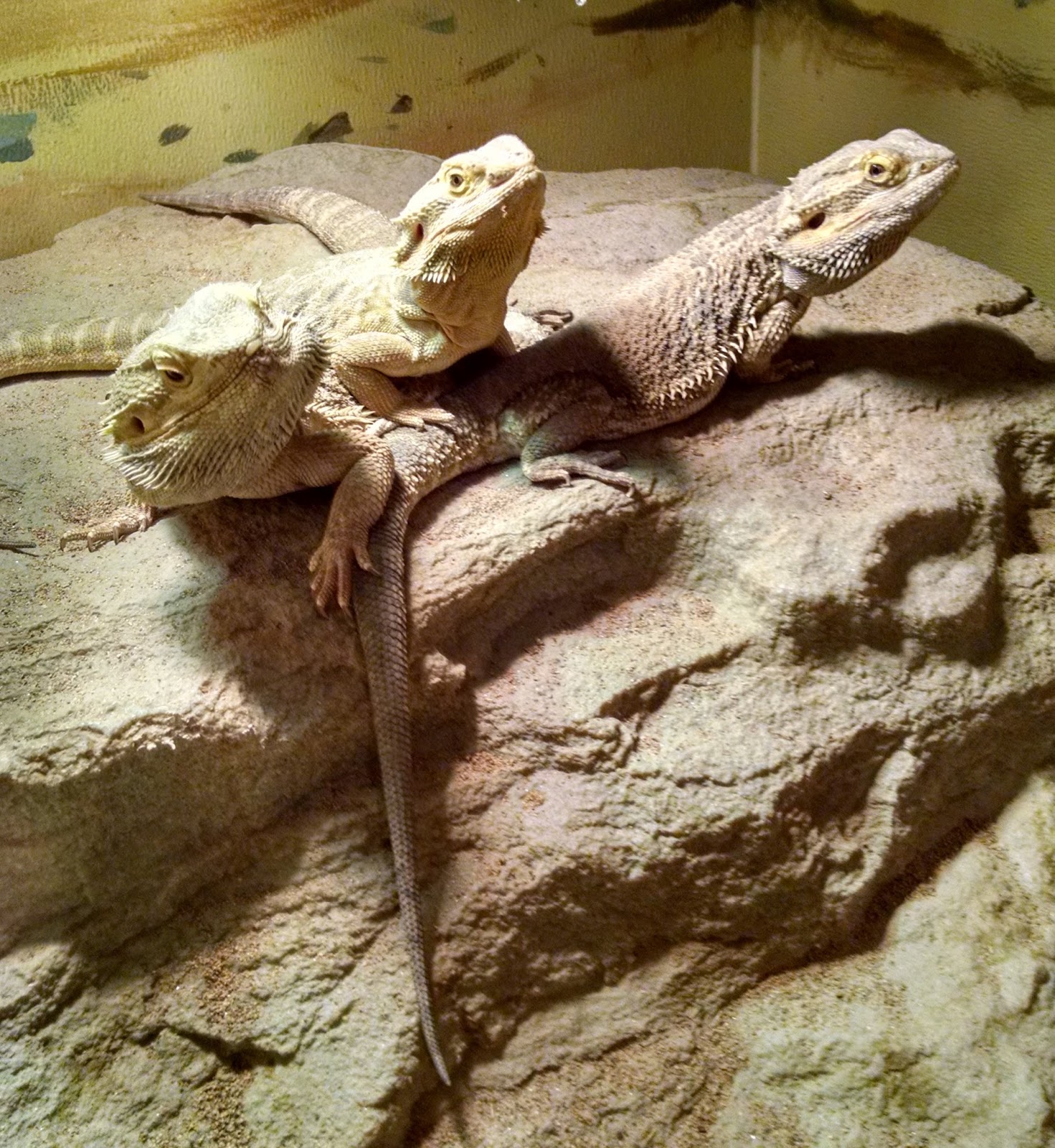Bearded Dragon Has Black Spots: Causes and Treatments for Beginners
Bearded Dragon Has Black Spots? Here’s What You Need to Know
If you have a bearded dragon as a pet, you may have noticed black spots appearing on their skin or scales. While this can be alarming for new lizard owners, it is a common issue that can have a variety of causes. In this article, we will discuss the possible reasons behind black spots on a bearded dragon and what you can do to treat them.
Causes of Black Spots on a Bearded Dragon
There are several reasons why your bearded dragon may have developed black spots on its skin. Some of the most common causes include:
-
- Shedding: As bearded dragons shed their skin, they may develop black spots that are caused by retained layers of old skin.
-
- Injury: If your bearded dragon has been injured, it may develop black spots in the affected area as a sign of bruising or internal bleeding.
-
- Infection: In some cases, black spots may indicate an infection in the bearded dragon’s skin, which can be caused by bacteria, fungus, or other pathogens.
-
- Liver Disease: Bearded dragons with liver disease may develop black spots as a symptom of the condition.
-
- Genetics: Some breeds of bearded dragons are more prone to developing black spots than others due to their genetic makeup.
Treatment for Black Spots on a Bearded Dragon
Treating black spots on a bearded dragon will depend on the underlying cause. If the spots are due to retained skin during shedding, you can help your bearded dragon by providing a humid habitat that allows for easier shedding. If the spots are a result of injury or infection, it’s best to consult with a veterinarian who can provide appropriate medical treatment.
For bearded dragons with liver disease, treatment may involve medication and a change in diet to support liver function. It’s important to always seek professional help when dealing with a potentially serious condition like liver disease.
Preventing Black Spots on a Bearded Dragon
While some causes of black spots on a bearded dragon are genetic or unavoidable, there are steps you can take to reduce the likelihood of your pet developing spot issues:
-
- Keep their habitat clean: Ensure that the bearded dragon’s enclosure is kept clean to reduce the risk of infection.
-
- Provide adequate UVB lighting and heat: Bearded dragons require heat and UVB lighting to thrive. Ensure that their habitat has appropriate heating and lighting to prevent issues such as skin infections.
-
- Feed them a healthy diet: Providing a balanced diet that meets the nutritional needs of bearded dragons can help prevent liver disease and other health issues.
-
- Address injuries promptly: If your bearded dragon is injured, don’t wait to seek medical attention. Early intervention can make a significant difference in their recovery.
-
- Understand the breed: Different breeds of bearded dragons have different requirements and susceptibilities. Educate yourself on your pet’s specific needs to provide the best care possible.
Conclusion
Black spots on a bearded dragon can be concerning, but with the right care and treatment, they can be managed. By understanding the possible causes and appropriate treatments, you can help ensure that your bearded dragon has a happy and healthy life.

